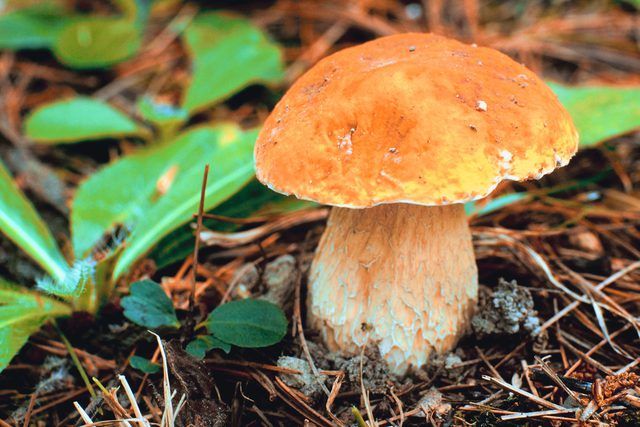Bulbs
Flower Basics
Flower Beds & Specialty Gardens
Flower Garden
Garden Furniture
Garden Gnomes
Garden Seeds
Garden Sheds
Garden Statues
Garden Tools & Supplies
Gardening Basics
Green & Organic
Groundcovers & Vines
Growing Annuals
Growing Basil
Growing Beans
Growing Berries
Growing Blueberries
Growing Cactus
Growing Corn
Growing Cotton
Growing Edibles
Growing Flowers
Growing Garlic
Growing Grapes
Growing Grass
Growing Herbs
Growing Jasmine
Growing Mint
Growing Mushrooms
Orchids
Growing Peanuts
Growing Perennials
Growing Plants
Growing Rosemary
Growing Roses
Growing Strawberries
Growing Sunflowers
Growing Thyme
Growing Tomatoes
Growing Tulips
Growing Vegetables
Herb Basics
Herb Garden
Indoor Growing
Landscaping Basics
Landscaping Patios
Landscaping Plants
Landscaping Shrubs
Landscaping Trees
Landscaping Walks & Pathways
Lawn Basics
Lawn Maintenance
Lawn Mowers
Lawn Ornaments
Lawn Planting
Lawn Tools
Outdoor Growing
Overall Landscape Planning
Pests, Weeds & Problems
Plant Basics
Rock Garden
Rose Garden
Shrubs
Soil
Specialty Gardens
Trees
Vegetable Garden
Yard Maintenance
How to Use Coir Substrate for Mushrooms
How to Use Coir Substrate for Mushrooms. Because growing edible mushrooms takes so much care, they can be relatively expensive to purchase in retail stores and farmers markets. Because mushrooms grow better in a substrate rich in nitrogen and free of molds and bacteria, experimentation with different types of substrates has yielded some interesting...

Because growing edible mushrooms takes so much care, they can be relatively expensive to purchase in retail stores and farmers markets. Because mushrooms grow better in a substrate rich in nitrogen and free of molds and bacteria, experimentation with different types of substrates has yielded some interesting results. The use of coir for a substrate is one example. Coir is condensed coconut fibers that expand in moisture and when properly prepared can help budding mushrooms fight off the molds and bacteria that would kill them. Other material must be added to meet the high-nitrogen requirements of mushroom growth.
Things You'll Need
Coir (coconut fibers)
Deep pot with cover
Water
Stove
Thermometer
Spent coffee grounds
Vermiculite or gypsum
Blood meal
Worm castings
5-gallon bucket with lid
Plastic containers
Locate the right source of coir. Coir is available for sale in greenhouse supply stores in compressed bricks. If you are not in an area where coir is sold in greenhouse or garden supply stores, try looking in a pet shop for a brick of coir sold as pet bedding. It is often cheaper as pet bedding than it is as a garden supplement. Read the ingredient label to ensure that no pesticide or additional components have been added to the coir.
Heat the water in the pot to 170 degrees. Use the thermometer to verify the temperature. Set the brick of coir into the water and wait for a few minutes until the coir absorbs the water. This will kill harmful bacteria, but not the helpful bacteria that will promote mushroom growth.
Break up the brick into pieces so that there are no lumps that could have a center area that is still dry. Stir thoroughly.
Add 1 qt. of spent coffee grounds to the pot and 1 qt. of another substrate like vermiculite or gypsum. Adding a half cup of blood meal or worm castings to the mixture increases the nitrogen content. It is best to add a little of each and test the results of your mushroom growth to see if more or less should be added. Which one works best will depend on what type of mushrooms you are growing and may take some experimentation on your part.
Cover the pot and turn the heat down to low for five minutes. The temperature should reach somewhere between 170 and 200 degrees. Stir mixture thoroughly.
Pour contents of pot into a clean 5-gallon bucket, cover the bucket and let it cool overnight. Covering the bucket will prevent the molds and spores that float around in the air from landing inside and taking up residence in the substrate.
Add the mixture to plastic containers along with the spawn of the mushrooms you wish to grow. Cover the container tightly and poke small holes in the lid. Place containers in a dark area. A week later you should see mushrooms growing out of the holes in the container.